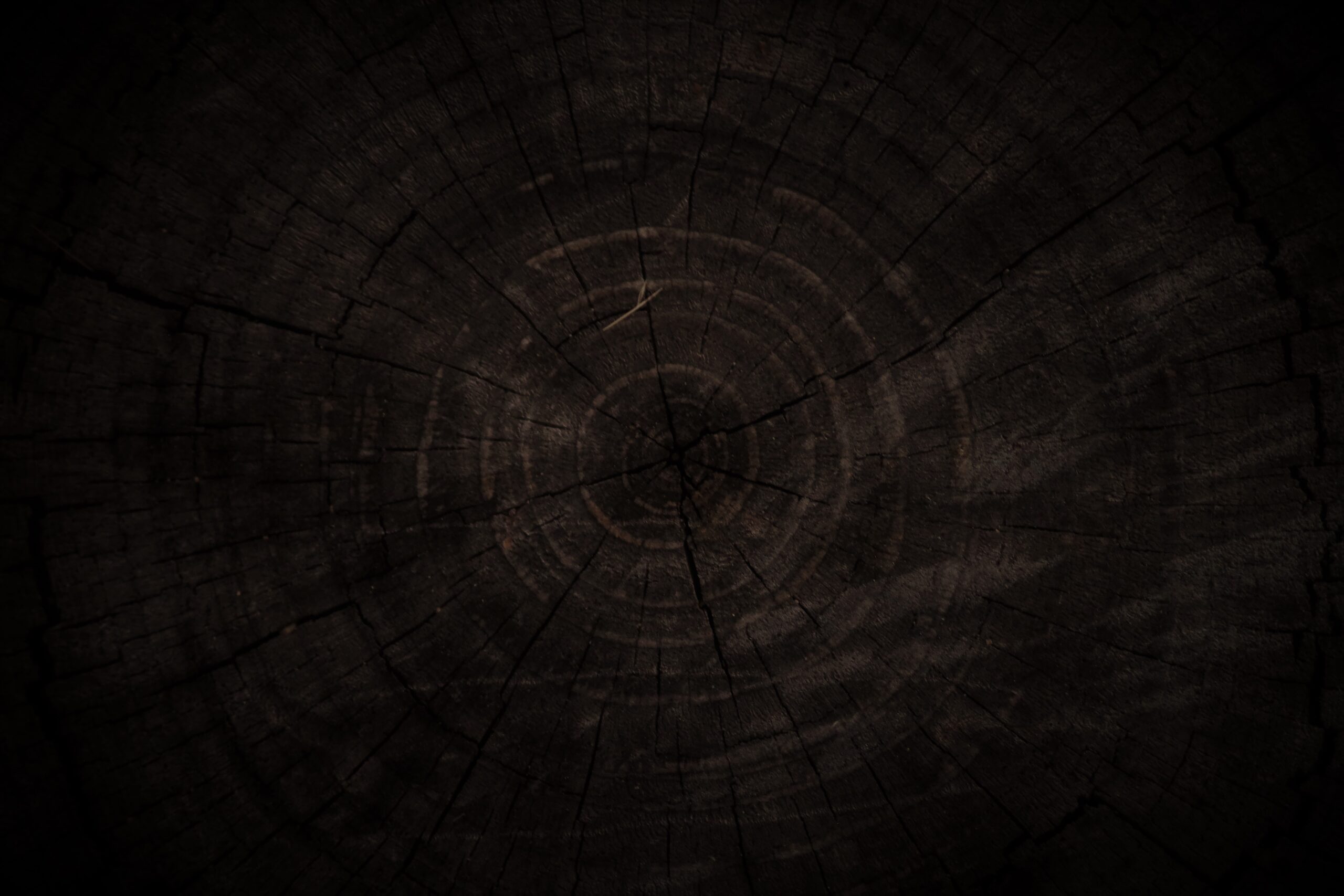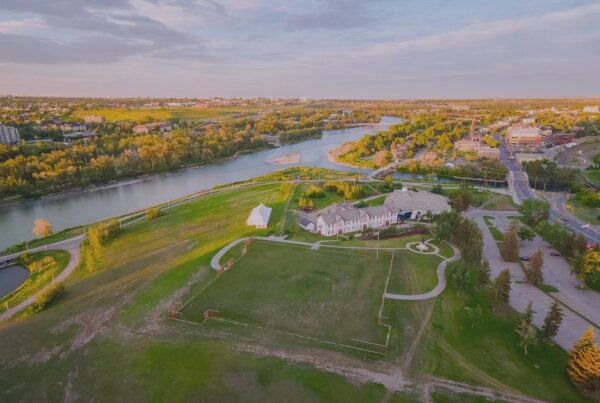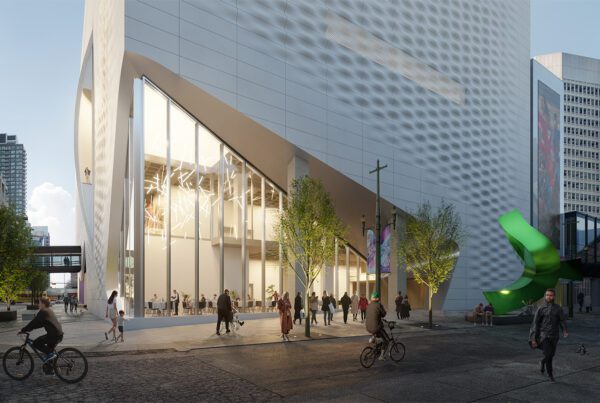Hi Friends!
Today I wanted to start a little sub-section my blog where we can all dive deep into the roots of our city, Calgary’s History and Heritage.
If you’re from our city and/or thinking of moving here, you will know or get to know of the Calgary Tower which is an iconic landmark. Standing at 191 meters tall, the tower offers panoramic views of the city and has become a must-visit destination for tourists and locals alike. In this blog, we will explore the history of the Calgary Tower, from its conception to its present-day status as a symbol of Calgary’s growth and progress.
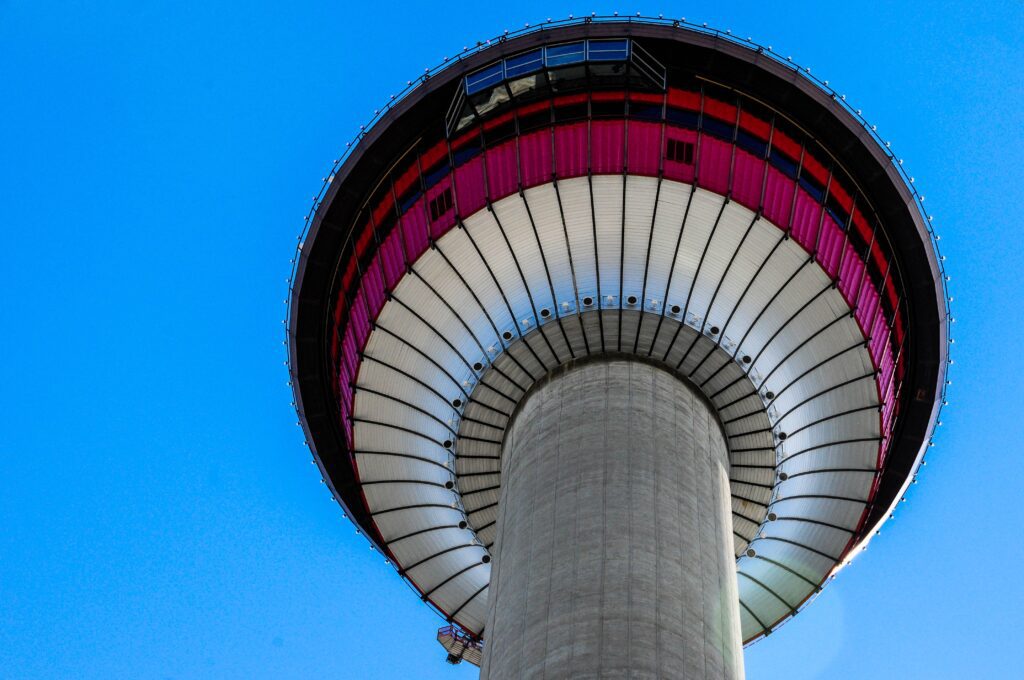
The idea for the Calgary Tower was first proposed in the early 1960s by a group of local businessmen who saw the potential for a tower to serve as a tourist attraction and observation deck in the heart of the city. At the time, Calgary was experiencing rapid growth and development, and the tower was seen as a way to showcase the city’s progress and provide visitors with a unique view of the surrounding area.

Construction on the tower began in 1967 and was completed in 1968, just in time for Calgary to host the 1968 Winter Olympics. The tower was designed by architects W.G. Milne and A.C. Leblond and was built by the Husky Tower Construction Company. At the time of its construction, the Calgary Tower was the tallest freestanding structure in North America, and it remained the tallest in Canada until the completion of the CN Tower in Toronto in 1976.

The tower’s design is unique and instantly recognizable, with its slender concrete shaft topped by a rotating observation deck and a distinctive red and white antenna. The tower is designed to withstand Calgary’s harsh climate, with a reinforced concrete shaft that can withstand high winds and a unique heating system that prevents ice from forming on the tower’s exterior.
The tower’s observation deck is one of its main attractions, offering stunning views of the surrounding area. The deck is located at a height of 155 meters and is accessible via a high-speed elevator that travels up the tower’s shaft in just 62 seconds. The deck features a glass floor that provides a thrilling sensation of walking on air and allows visitors to look straight down to the ground below.
Over the years, the Calgary Tower has become a symbol of Calgary’s growth and development, as well as a popular tourist attraction. The tower has been featured in numerous movies and TV shows, and it has hosted countless visitors from around the world. In 1988, the tower underwent a major renovation that included the addition of a new elevator, the installation of new lighting systems, and the creation of a new restaurant at the tower’s summit.
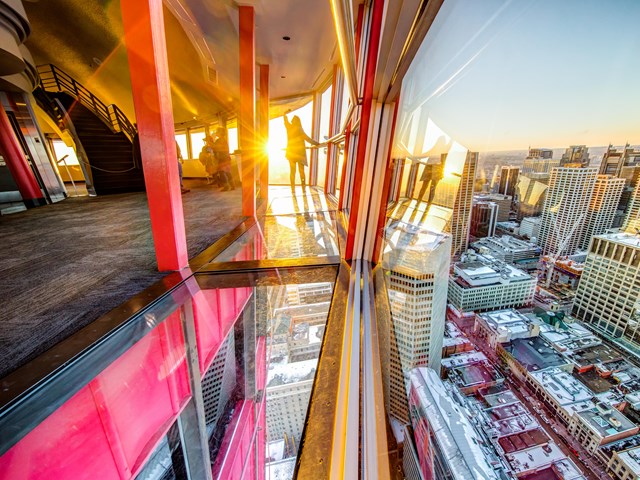
Today, the Calgary Tower remains an important landmark in the city and a testament to Calgary’s progress and innovation. It is visited by thousands of tourists each year, and it continues to be an important symbol of the city’s identity.
In addition to its role as a tourist attraction, the Calgary Tower has also played an important role in the city’s cultural and civic life. Over the years, the tower has been the site of numerous public events, including fireworks displays, light shows, and charity events. The tower has also served as a beacon of hope and resilience in times of crisis, such as during the 2013 floods that devastated parts of the city.
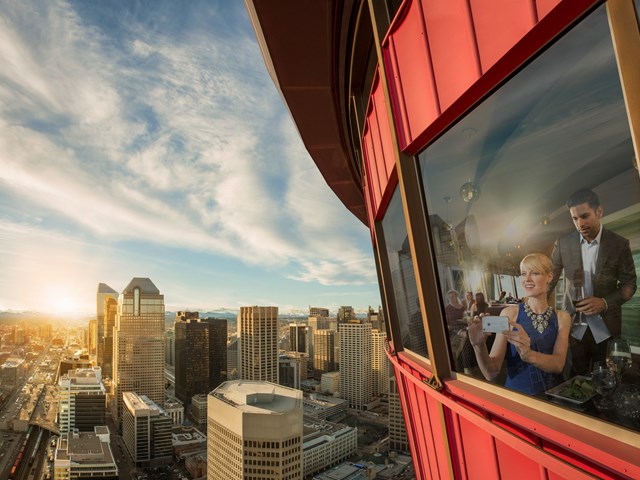
In recent years, the Calgary Tower has faced new challenges as the city continues to grow and change. The tower’s owners have invested in new technologies and upgrades to ensure that the tower remains relevant and attractive to visitors. For example, in 2014, the tower underwent a major lighting upgrade that replaced its aging lighting system with a state-of-the-art LED system. The new system allows the tower to be lit up in a variety of colours and patterns, making it a stunning visual spectacle at night.
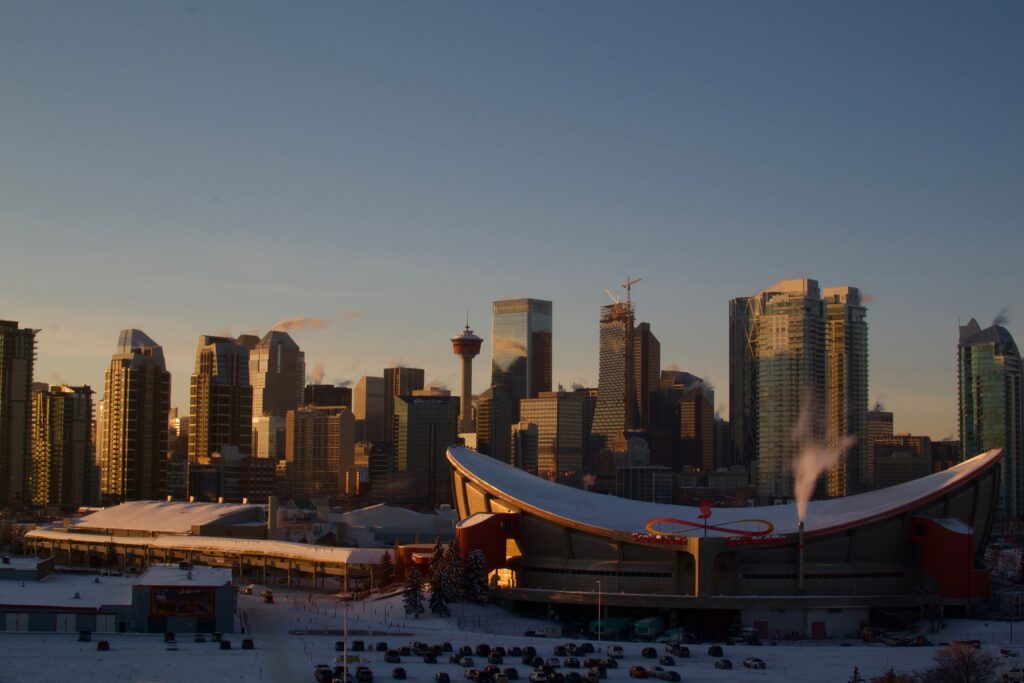
Looking to the future, the Calgary Tower is poised to continue its role as a symbol of Calgary’s progress and innovation. As the city continues to grow and evolve, the tower will remain an important landmark that reflects the city’s identity and serves as a point of pride for its residents. In addition to its current offerings, there are plans to expand the tower’s attractions and amenities, including the addition of a new outdoor observation deck and the creation of new dining and event spaces.
The Calgary Tower has also become an important site for public art installations, with several works on display both inside and outside the tower. One of the most notable pieces is “Wonderland”, a sculpture by Spanish artist Jaume Plensa that features a giant head made of white letters that spell out words in various languages. The sculpture has become a beloved landmark in its own right, attracting visitors from around the world.
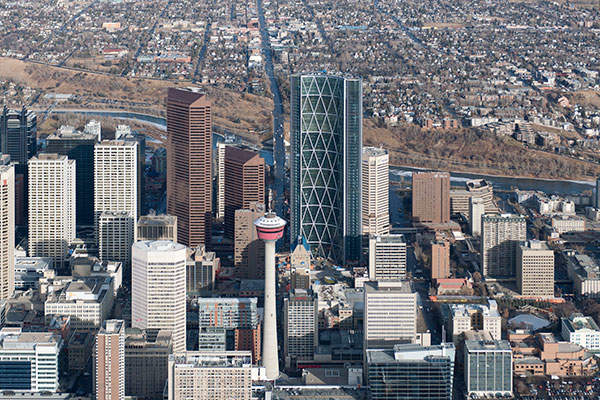
All in all, the Calgary Tower is a symbol of Calgary’s growth and progress, as well as a beloved tourist attraction and landmark. From its inception in the early 1960s to its present-day status as a cultural icon, the tower has played an important role in the city’s history and identity.
As Calgary continues to evolve and change, the tower will remain a constant reminder of the city’s spirit of innovation and resilience.
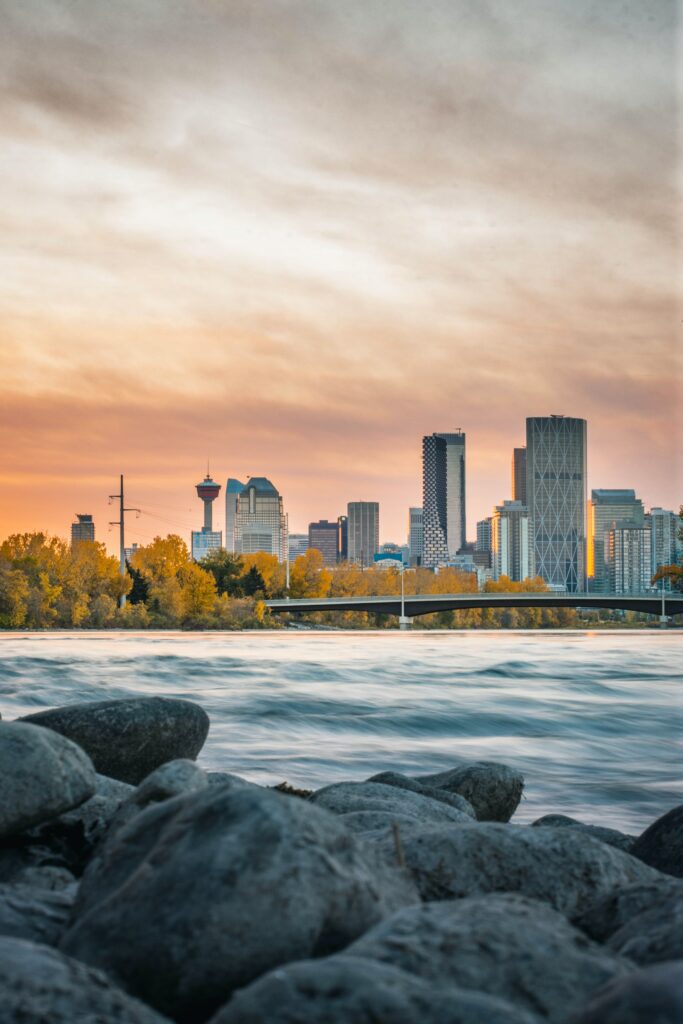
I hope you enjoyed my share on the Calgary Tower, if you have any recommendations – Please add it in the comments below and I will be sure to look at adding this to the roster of many more shares!
Thank you again,
Shane Wenzel


